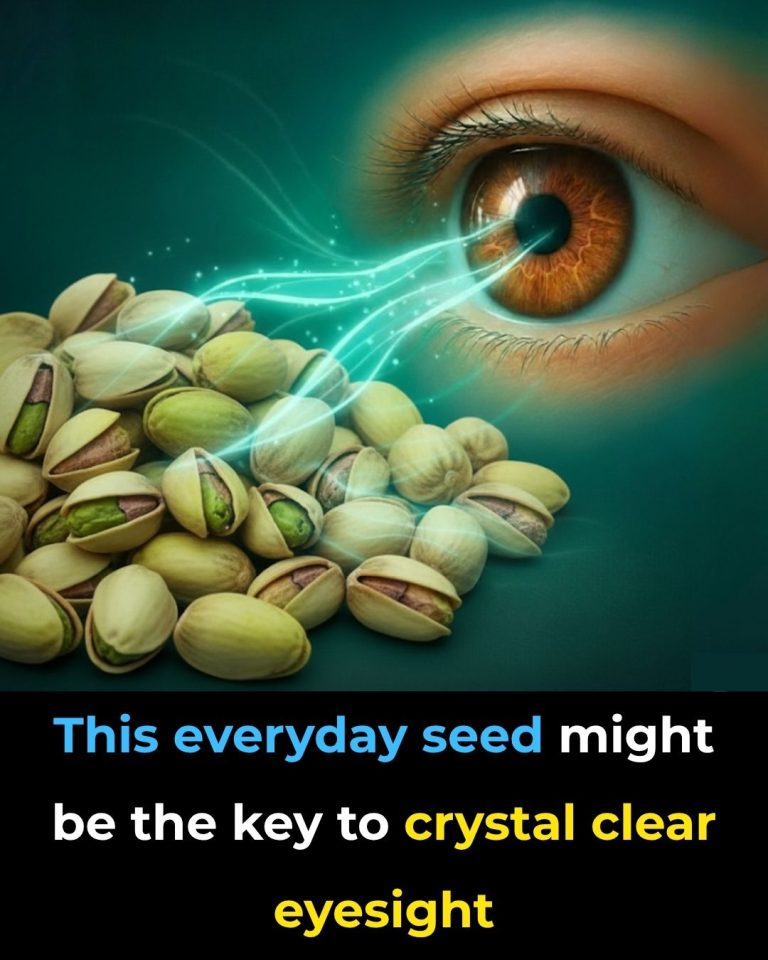ADVERTISEMENT
1. Flax Seeds: The Undisputed Queen of Eye Health
Finally, we arrive at underappreciated but extraordinary flax seeds (also known as linseeds). If you had to pick just one seed for lifelong vision support, flax would be the winner—thanks to its top-tier content of ALA (alpha-linolenic acid), which your retina desperately needs. Consider a 74‑year-old man with early macular degeneration: just two tablespoons of ground flax in his daily breakfast could decisively slow further deterioration.
Flax seeds contain among the highest concentrations of ALA—about 57% of their total fat content—far surpassing chia seeds (which are around 18%). Legendary figures like Emperor Charlemagne mandated flax consumption, a practice now validated by modern nutritional science, especially in terms of ocular health. Your body converts ALA to DHA, the essential structural fat of retinal photoreceptor cells. Without enough DHA, those cells stiffen, lose sensitivity, and become damage-prone—like trying to type on a keyboard while wearing oven mitts.
Flax seeds do double duty: they help rebuild retinal structure and protect the fragile blood vessels supplying it. They help reduce blood pressure naturally, and their lignans (a type of phytoestrogen) relax arterial walls, improving circulation so your eyes receive oxygen and nutrients more freely. Flax also combats chronic inflammation by converting ALA into potent, regulatory anti-inflammatory compounds.
⚙️ The Crucial Trick: Grinding Flax Seeds

Here’s where most people go wrong: whole flax seeds are virtually useless, because your digestive system can’t crack their hard shell. But once ground, they are exposed to air and light and begin oxidizing—losing potency. Pre-ground flax from stores often contains mostly oxidized, ineffective fat.
The solution: buy whole flax seeds and grind only the amount you’ll consume that day. A small coffee grinder or dedicated seed grinder works perfectly. Grinding for 10–15 seconds is enough. You can pre-grind enough for a few days, but store it in a sealed container in the fridge (and ideally airtight and light-proof). Two tablespoons per day is a well-tolerated, effective dose. Add it to plant-based yogurt, sprinkle on top of salads, or mix into smoothies. If you cook oatmeal or porridge, stir in ground flax after cooking (don’t heat it too much), and include a bit of healthy fat like avocado or nuts, which help your body absorb the fat-soluble nutrients.
ADVERTISEMENT
